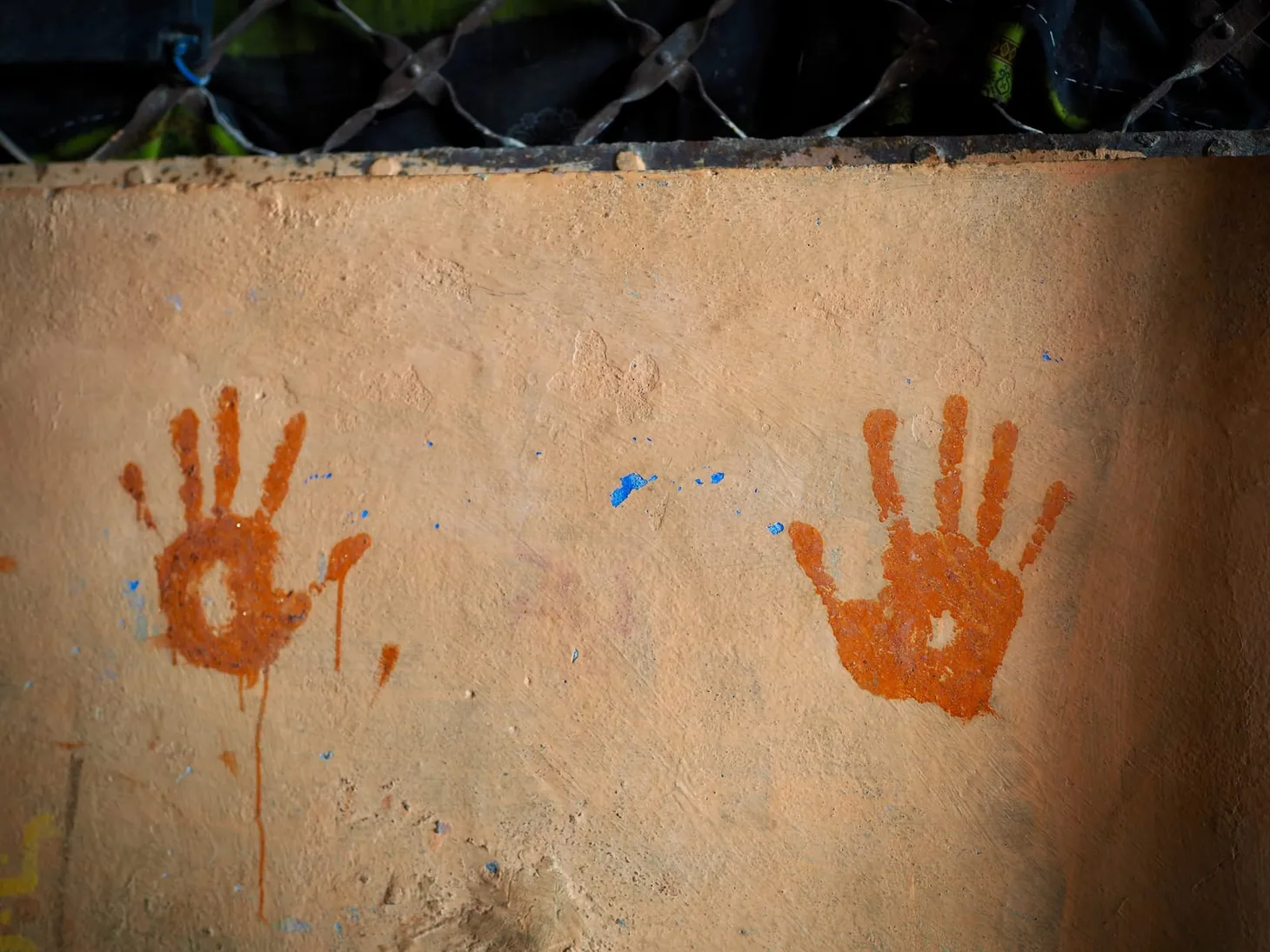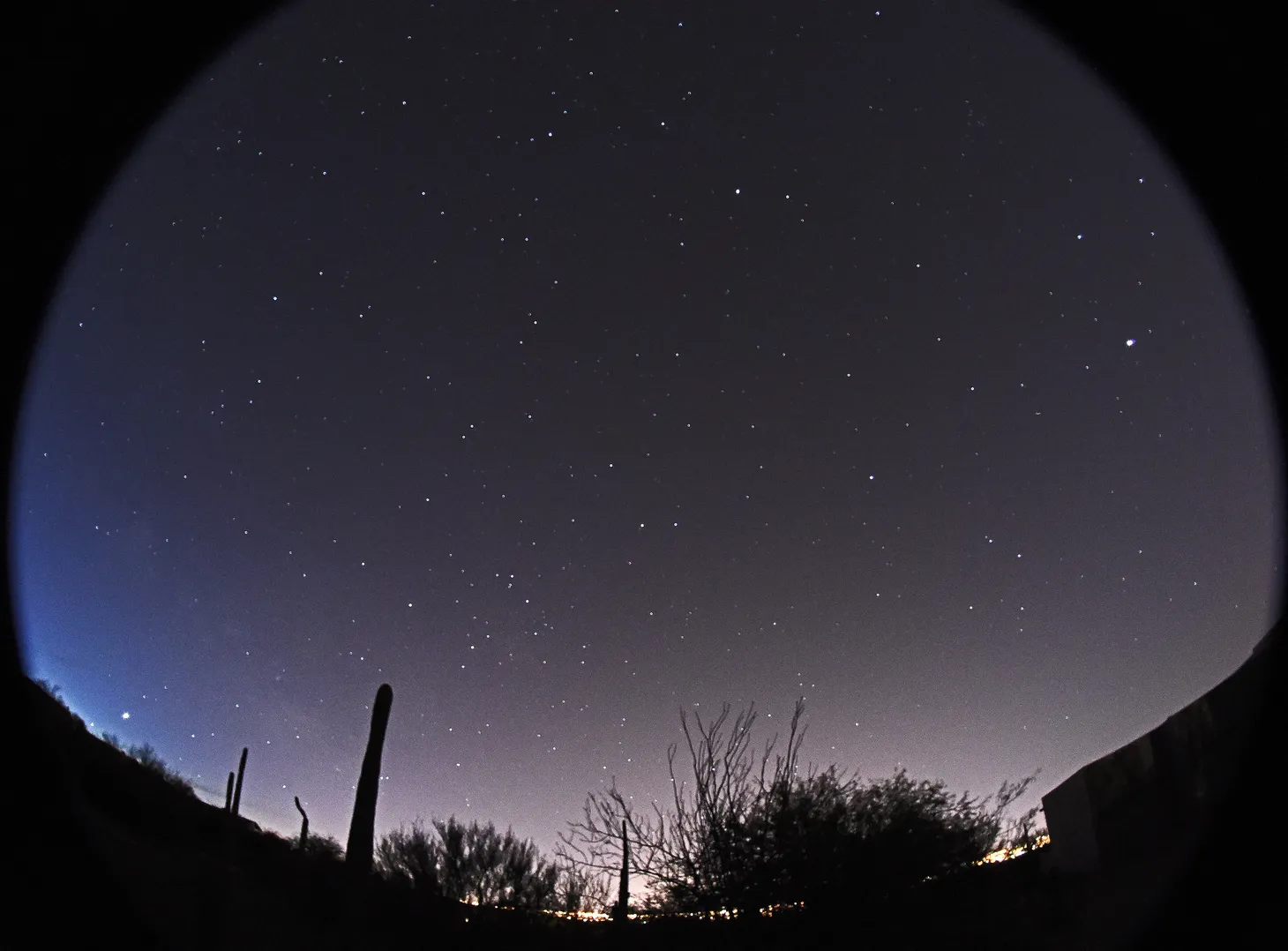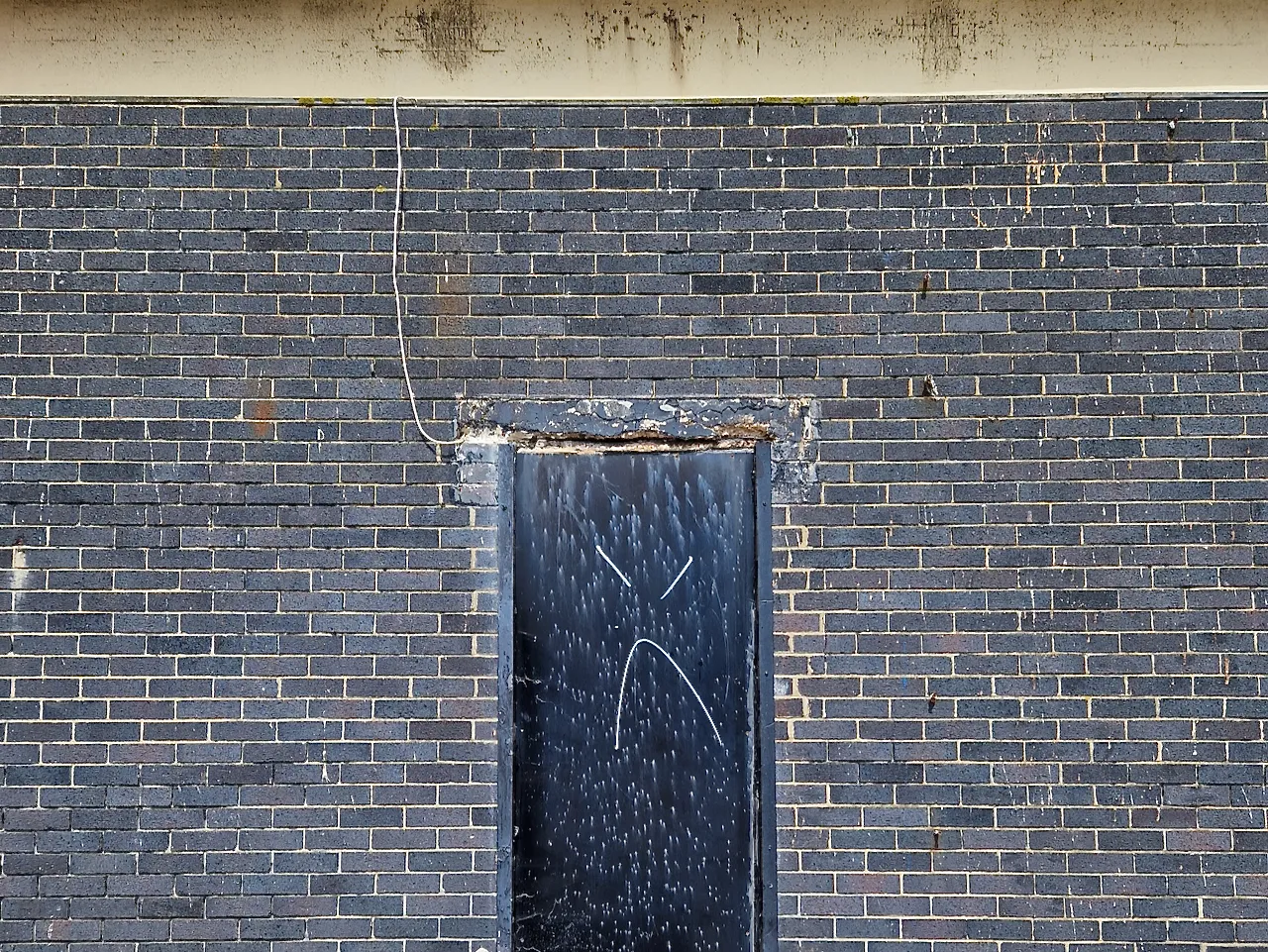Our Bodies Conduct Electricity
Wetware. Organic apparatus. Bio-processor. I have serious hesitations about each of these terms for the human body. I'm wary of conflating machines with humans. But there is at least one thing we have in common with machines: we rely on electricity to function.
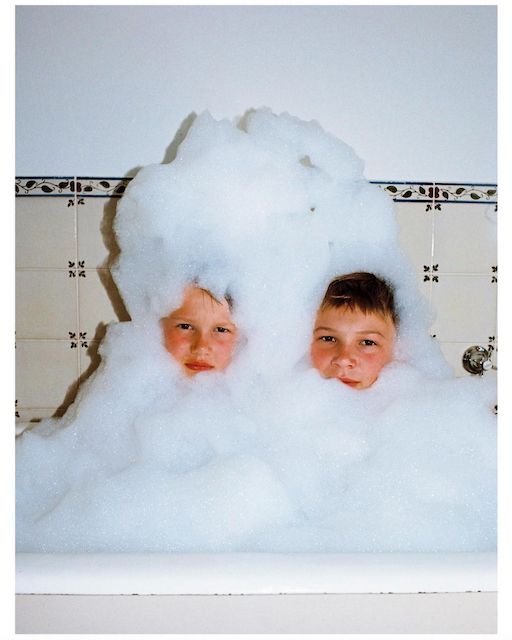
Dear Good Lookers,
It's Menka here with your monthly reminder to s-l-o-w down and notice more about this fleshy, embodied moment we call life. Welcome!
In each Letter, I share one idea about looking, a practical exercise to try, five inspiring links to read/listen/watch, and any community news. This time I also have an update on my book.
Also, here are two organisations doing amazing work on the ground in Morroco and Libya, respectively: Choose Love and IRC.
Community news
Seeing Faces Everywhere: meetup this Saturday in London!
If you live in London, join me for a mindful photowalk looking for faces in the cobbled paths of Covent Garden. Why? Because it's fun and insightful to test how easily we can wire our perception to notice patterns. RSVP.
Do You Have a Photograph of a Local Tin Shed?
If you happen to have a great photo of a tin shed, here's your last-minute chance to give it the glory it surely deserves! (Submissions by 16 Sep)
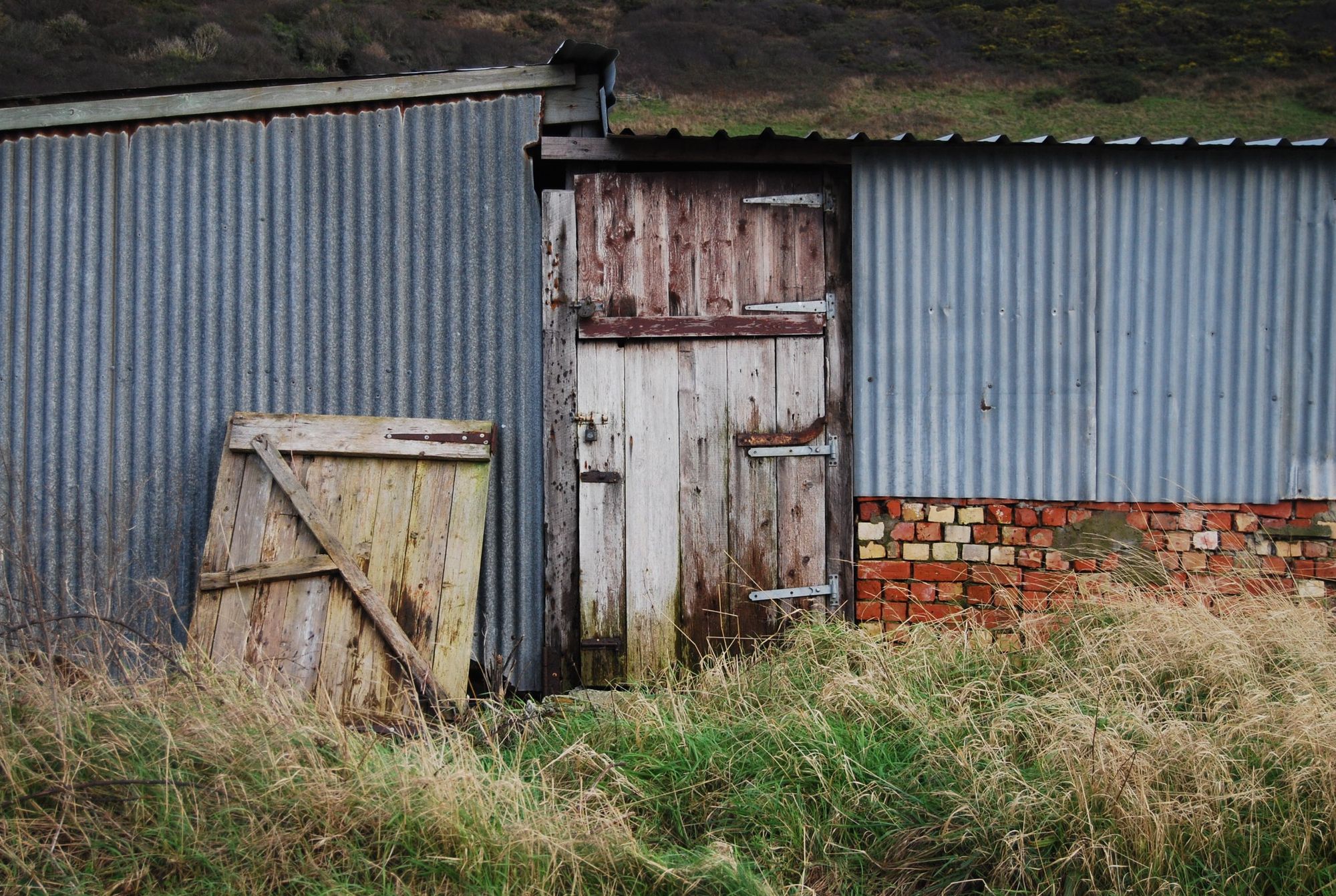
About the Electricity in Our Hands
Wetware. Organic apparatus. Human-engine. Bio-processor.
I have serious hesitations about these terms to describe the human body. Especially these days. I'm wary of conflating machines with humans by using computer-y language. But there is at least one thing we have in common with machines: we rely on electricity to function.
Our cells are specialised in conducting electrical currents. Electricity is how the nervous system sends signals throughout the body and to the brain, making it possible for us to move, think and feel. At rest, we can produce around 100 watts of power on average. (That's enough to power a small light bulb!)
It's not something we pay much attention to day-to-day. In a way, that's surprising because our conductive nature is what allows us to use our smartphone screens. A "touchscreen" has a thin layer of metal on it, and a tiny amount of electricity going through. When we touch the screen with bare fingers, we interrupt that flow, completing the circuit with our fingers instead, and enabling the device to know precisely where the finger is.

Many centuries ago, this was breaking news. One of the first people to "electrise men" was Stephen Gray, a Royal Society Fellow who devised a famous flying boy experiment. A boy would be suspended from the ceiling with silk cords, connected by the feet to an electrostatic generator. Because of the charge through his body, he could attract small bits of paper to him, or turn pages of a book without touching it. Now, we can just pick up our phones and experience the same phenomenon.
And so I'm just sitting here, sipping my Earl Grey tea, thinking about how my hands are such excellent conduits for electricity.

Looking Exercise
The humble finger
Find your phone and stroke it. Notice how you interrupt the electric circuit, and reform it, with the tip of a bare finger. Notice how you can slide it up, without the screen losing track of where it is. How does that finger look to you now?
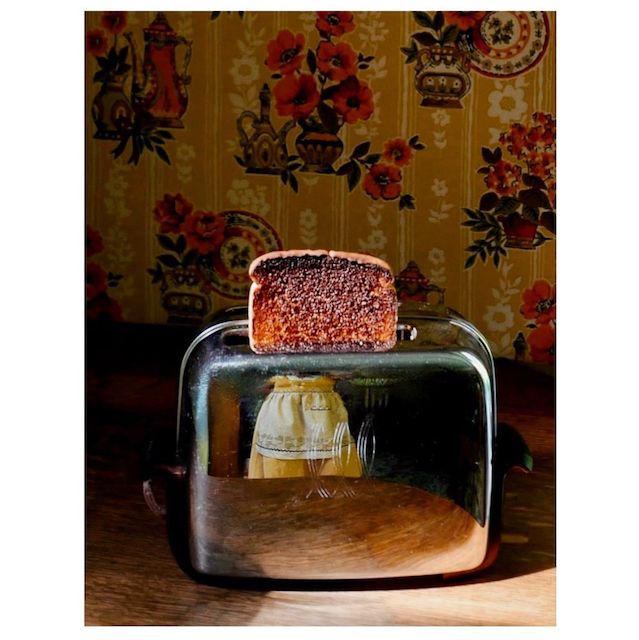
Share a photo: You're always welcome to share what you notice with me (just reply to this email), or over on Instagram with the rest of the community using #wearejustlooking.
Rewilding Attention: a book project
As some of you know, over the past four years, I've been slowly researching and writing a book about noticing. I've been so hesitant to share more about it until "it's ready", but my shyness has finally given way to excitement! Each chapter is a gentle provocation, nudging attention to parts of our lives we tend to miss on screens, in the metaverse, and in other digital spaces. It's a book I need to read.
I've always intended for it to be a collaborative, community project through the photography side. I haven't figured out how to coordinate that yet, but wanted to say this is still the plan! More soon...
Since I intend to publish other books with and for this community in the future, I have decided to learn about independent publishing. Do get in touch if you have experience in making beautiful book-shaped things, or just want to chat cloth-binding, spines, fonts and margins!
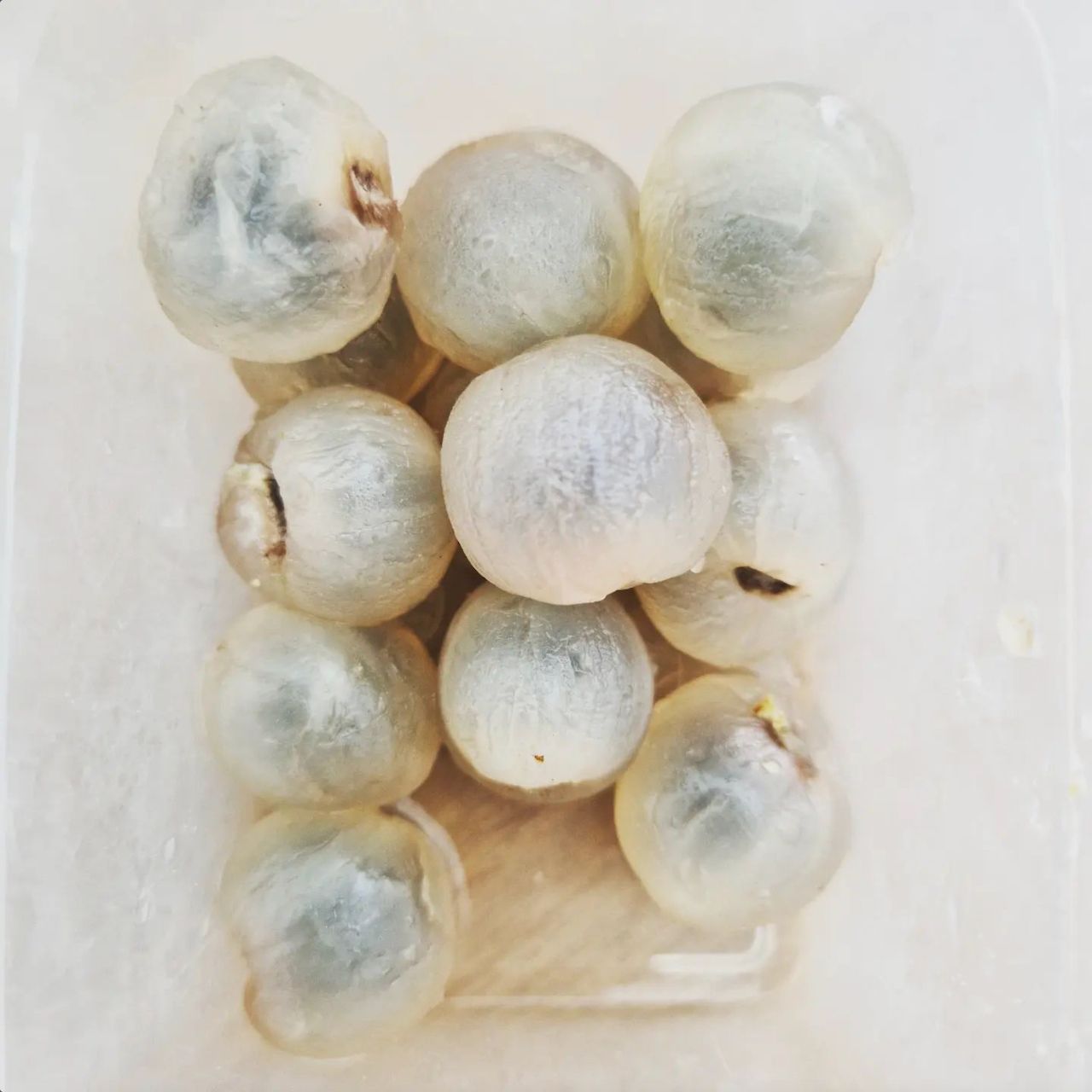
Five Links About Looking
How To Eat an Orange [Read]
This whole essay by Vijata Kumar reminded me of how my mum eats fruits, probably for similar reasons too.
"Fruit in my father’s world is protest, poetry and the fiercest, most romantic love song. You should watch him eat an orange..."
The Un-Forever of Old Age [Watch: 4min]
If you're having a tough time with the body today, this is a moving poem by Andrea Gibson (who is the new poet laureate of Colorado!) To learn more about them, here's a delightful conversation on For The Wild podcast.
Imagine when a human dies the soul misses the body
Actually grieves the loss of its hands
And all they could hold
Misses the throat closing shy
Reading out loud on the first day of school...
Eye Mama Project Book [Read + See]
This global photography project coordinated by Karni Arieli aims to give the "mama gaze" more visibility. It features the work of more than 200 artists. In many ways more poignant than anything posed and perfect. (Pair with Lucy Jones' brilliant new book Matrescence.)

Fall Foliage Prediction [Play/ See]
There's that saying that Autumn is another spring, except every leaf is a flower. I love that idea and was intrigued by this American map showing the colours to expect there, in these coming months.
Aftermath: World Trade Center [See]
Joel Meyerowitz was one of the only photographers who managed to get access to the aftermath of 9/11 in New York. His images didn't focus on the human remains, but on the place, the light, the people, and the stories.
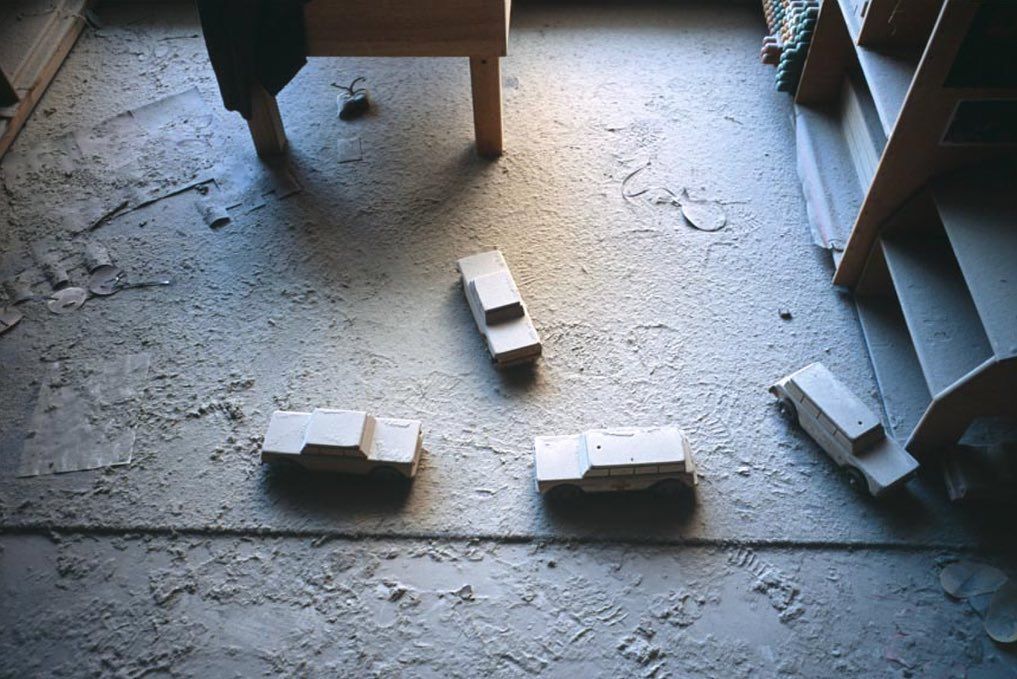
This is really why I appreciate photography - not because it's always beautiful, but because it is a way of honouring life with attention.
What mundane magic have you been noticing recently? "Tell me all about it," as my son asks when something sparks his curiosity.
Thank you for being here.
Yours,
Menka
ps. This newsletter will always be a free gift. If you'd like to support this project and the wider movement, check out Friends of Just Looking.
Noticing – Our Newsletter
Join our newsletter community for monthly inspiration to slow down and stay curious about everyday life and what matters most to you.


